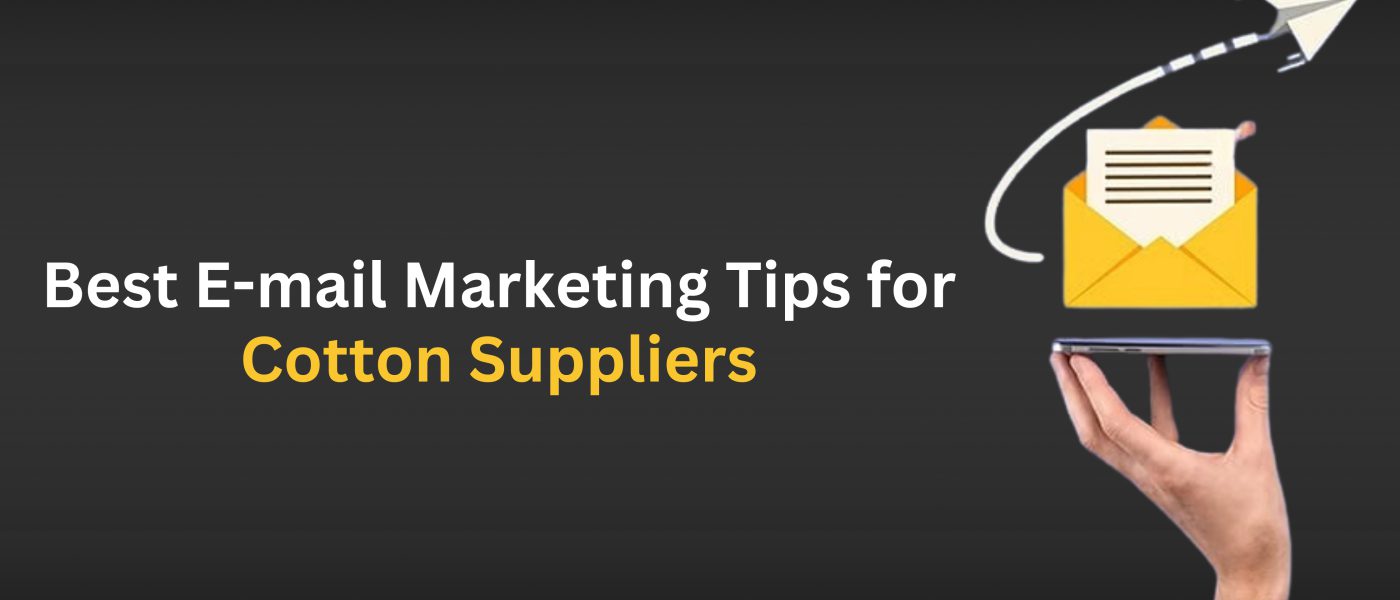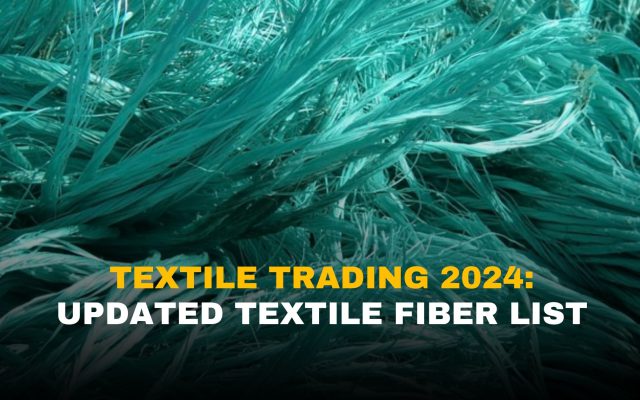In B2C marketing, cotton suppliers only need to focus on one person. However, in B2B textile email marketing, you might have to talk to many people in a company before reaching out to the person who makes the final decision. This means you have to send different emails to different people in the same company.
When individual customers buy cotton fabric online in India, they decide quickly – if they like it, they buy it. However, in B2B, buying fabric involves more steps. Different departments in a company need to agree, especially when it comes to money.
If you are thinking about using email marketing to sell textile products online, we can teach you the basics and the best ways to do it. Just remember that B2B email marketingrequires a unique approach and can’t be done the same way as other B2C marketing strategies.
Email Practices that Produce the Best Results
Keep it Informative
Instead of flashy sales pitches, focus on giving useful information like facts, guides, and trends. Business customers care more about learning than about discounts.
Target Decision-Makers
Aim your emails at the people who decide whether to buy from you. These include gatekeepers, people who start the decision-making process, those who use your products, those who buy them, and those who give final approval. Make sure your emails speak to each of these roles.
Think About Who You are Emailing
Remember that different people care about different things. For example, someone who uses your products might care about quality, while B2B cotton buyers might care more about contracts, renewals, shipments, and deliveries.
Sort your Customers through Segmentation Tools
When you send out many emails at once, use tools to group your customers based on how they buy. For example, don’t mix people who buy fabric online with those who buy it offline. By grouping similar customers, you can create emails that are more personal and relevant to them.
How to Create Campaigns Based on Customer Journey
When you are planning your email campaigns, it’s important to consider how cotton buyers go through the process of deciding to buy. By tailoring your emails to each stage of their journey, you can make sure your messages are reaching them at the right time with the right information.Let’s break down the content of your campaign into four key stages:
Business Awareness:
- Introduce your brand with eBooks, videos, and guides.
- Highlight product features and benefits.
Contemplation:
- Provide testimonials and case studies.
- Show how your product solves their problems.
Decision Making:
- Offer incentives like free samples and discounts.
- Explain cost and customization options.
Customer Retention:
- Offer discounts on future purchases.
- Reward loyalty with vouchers on bulk orders.
- Keep them engaged with updates and educational content.
By guiding customers through each stage, you can increase the sales of cotton fabric online in India and build lasting relationships.
Save Time with Automation and Templates
With good email marketing tools, you can automate tasks that take up a lot of your time. You can set up automation to do things like organizing your contacts, updating information, and sending updates to your team.
Use different email templates for the types of emails you send often, such as welcome messages, surveys, order confirmations, newsletters, event invitations, and thank-you notes. This will save you from starting from scratch every time.
Make sure your templates look unique so they don’t seem like they are just the same old design. This keeps your emails interesting and engaging.
Tips for Writing Emails that Busy Cotton Buyers Will Read
- Catchy Subject Line: Make the subject line interesting and short so busy customers can see it easily in their inbox.
- Put Important Stuff First: Start your email with the main point, what you are offering, and what you want them to do. For example: “Register on TEXchange Global to auction your textiles!”
- Make it Personal: Use their name and personalize the content to make them feel like the email is just for them. For instance, “Hi Raj Mathur, here are some recommendations based on what you asked for last week.”
- Easy to Read: Keep the email short and easy to scan. Use bullet points and pictures, and organize them neatly so they can quickly understand and click on what you want them to do.
Hope this post has given you some good ideas. If you follow these tips, your B2B email marketing should work well, no matter what you’re selling or how you’re selling it.
Alternatively, if you are looking to streamline your marketing and start buying and selling textile products online quickly, you should sign up for TEXchange Global. It’s the world’s first online platform for trading textiles, spearheaded by Damodar Menon International, and It’s completely automated and digital.




